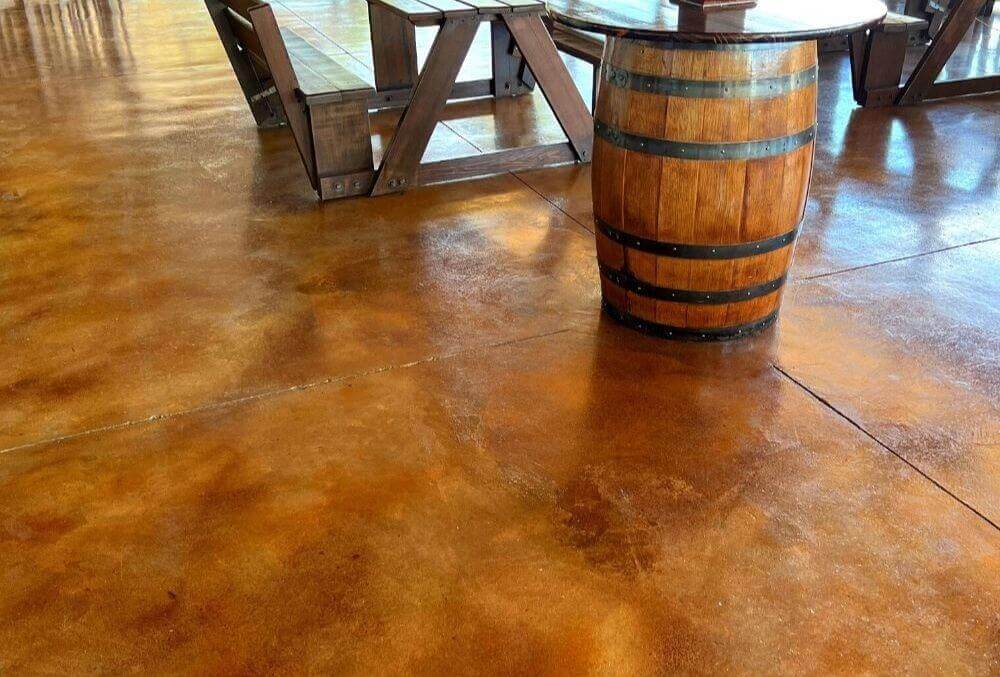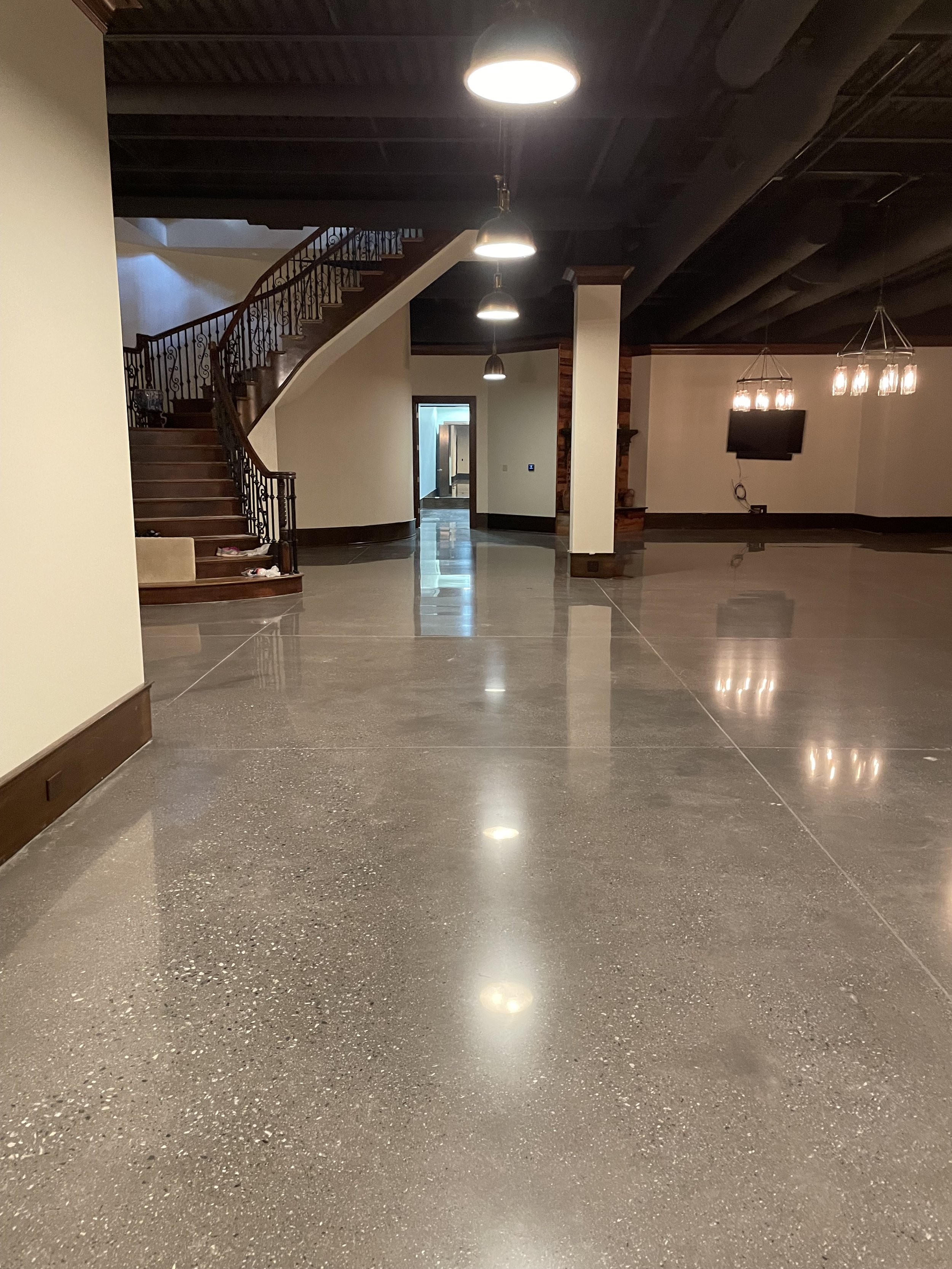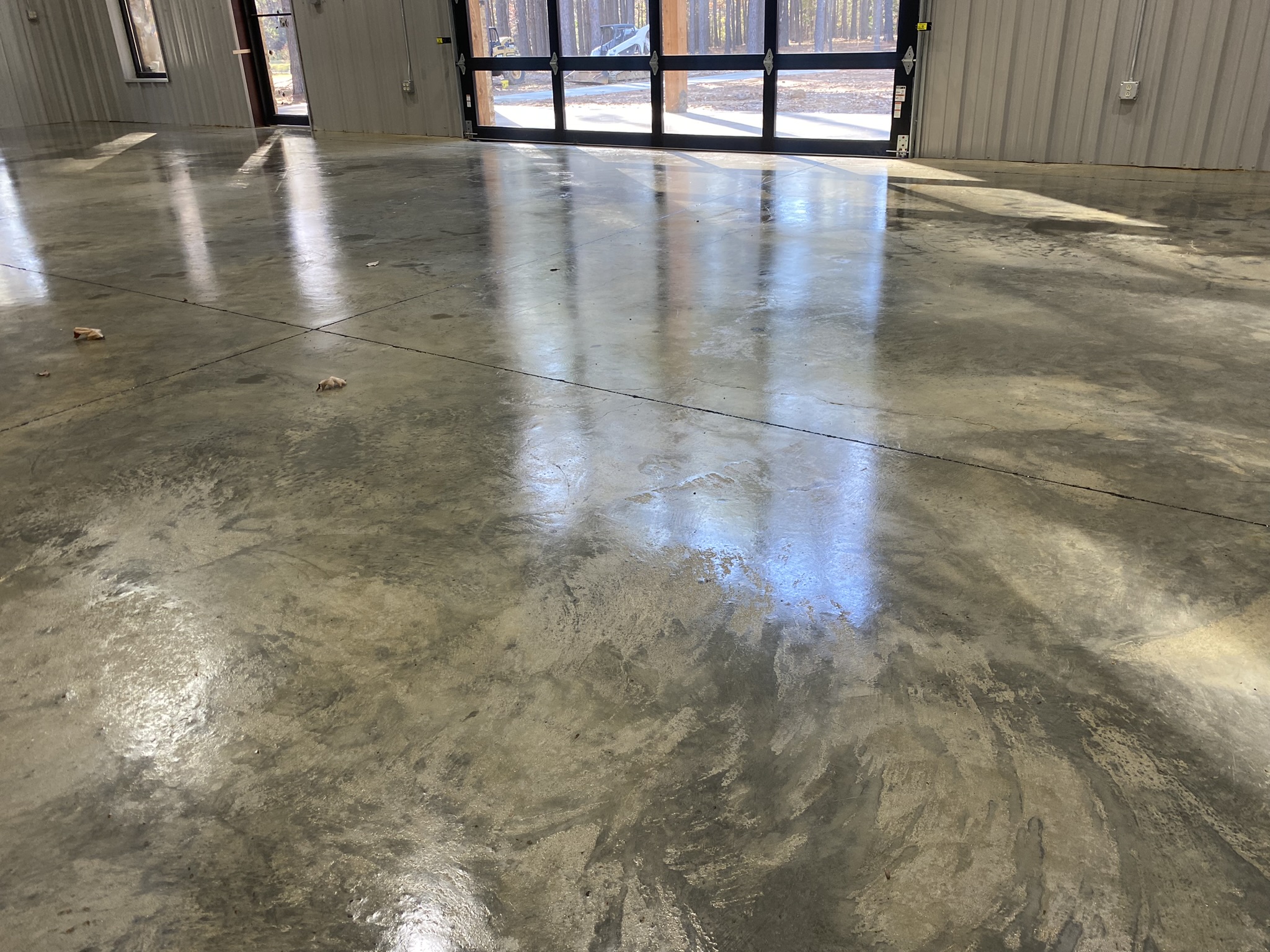Why Neighborhood Stained Floor Covering Is the Perfect Option for Sustainable Home Improvement
In the world of sustainable home renovation, neighborhood tarnished flooring has actually become a prominent option amongst eco conscious house owners. The special blend of aesthetic allure, sturdiness, and ecological benefits it supplies can not be ignored. By using locally sourced timber, it fosters a positive environmental impact, and the discoloration process enhances longevity while reducing hazardous chemical use. As a cost-efficient investment with lowered upkeep needs, it increases a thought-provoking concern: could this be the optimal remedy for lasting housing?
Comprehending the Principle of Local Stained Floor Covering
While the concept may seem novel to some, neighborhood tarnished floor covering is an innovative technique to home renovation that combines aesthetic appeals, durability, and sustainability. The term refers to the use of locally sourced wood that is discolored to achieve an unique visual appeal. The discoloration process not only enhances the all-natural appeal of the wood grain yet likewise includes a layer of defense, raising the durability of the floor covering. This approach is thought about sustainable as it lowers the demand for transportation of basic materials from distant places, therefore minimizing carbon footprints. Furthermore, making use of local timber varieties commonly supports local economic situations and promotes accountable woodland administration techniques. This principle, as a result, supplies homeowners an ecologically liable option without compromising aesthetic appeal or sturdiness.
The Appearance of Neighborhood Discolored Floor Covering
Why is neighborhood discolored flooring obtaining popularity for its looks? The solution hinges on the one-of-a-kind appeal and personality it offers any room. Regional tarnished flooring uses a diverse array of colors and patterns, showing the natural appeal and variants of the regional timber species made use of. This creates a distinct, personalized visual that can not be duplicated by mass-produced alternatives. In addition, the discoloration procedure boosts the wood's innate grain and structure, including depth and richness to the floor's appearance. This rustic sophistication flawlessly blends with various indoor style styles, from standard to contemporary, making it a flexible choice for home owners. Eventually, the attraction of regional discolored flooring hinges on its ability to change homes right into distinct, visually appealing rooms while advertising sustainability.
Ecological Impacts of Neighborhood Discolored Flooring
The ecological implications of local tarnished flooring include two significant variables: lowering carbon footprint and waste minimization benefits. Making use of locally sourced products for tarnishing not only lessens transportation exhausts, but likewise promotes lasting forestry methods. In addition, the waste reduction aspect comes into play as these flooring types commonly have a longer lifespan, lowering the frequent need for replacements and the waste connected with it.
Lowering Carbon Footprint
As home owners transform to even more lasting alternatives, regional discolored flooring emerges as a feasible service to decrease carbon footprint. The process of staining the floor covering, instead than utilizing synthetic finishings, includes fewer chemicals and less energy-intensive procedures. Deciding for local discolored flooring demonstrates an effective measure in promoting ecological sustainability, highlighting a concrete use this link method house owners can contribute to combating environment modification from the convenience of their very own homes. Commercial Stained Concrete Floors.
Waste Reduction Perks
Although commonly overlooked, waste minimization is another considerable advantage of local tarnished flooring. By choosing this option, home owners aid minimize the mass of waste headed to land fills. This flooring type, typically sourced from regional timber, can be restored, refinished, and reused, including to its durability. Unlike artificial floor covering, it does not add to the development of non-biodegradable waste. In addition, the discoloration procedure uses fewer resources and produces less waste compared to manufacturing new floor covering products. In addition, any waste produced during the discoloration procedure is normally natural and eco-friendly, mitigating ecological damage. The selection of regional discolored floor covering not just enhances homes but additionally underpins a dedication to lasting living and waste decrease.
The Longevity and Maintenance of Regional Discolored Floor Covering

The Cost-Effectiveness of Local Stained Flooring
While regional discolored flooring may initially seem more costly than other alternatives such as rug or laminate, its long life and durability promptly transform it right into a cost-effective selection. For house owners seeking a sustainable, affordable option for their flooring requires, neighborhood useful reference stained floor covering emerges as an exceptional, long-lasting financial investment that pays off over time.

The Real World Instances of Lasting Houses With Neighborhood Tainted Floor Covering
In the world of sustainable home enhancement, neighborhood discolored floor covering has become a prominent alternative. To even more highlight its benefits, numerous reality examples of environmentally friendly homes that have efficiently included this flooring method will be highlighted. These study give concrete evidence of the benefits and influence of utilizing regional stained floor covering in lasting homes.

Showcase: Eco-Friendly Flooring Homes
Scanning the globe, one can find countless homes that embody the principle of environmentally friendly living via the use of regional tarnished flooring. Across seas in copyright, a modern residence showcases its rich, maple-stained floor covering, a testimony to the abundant regional timber supply (Commercial Stained Concrete Floors). These homes not only display the visual flexibility of regional discolored floor covering but likewise its contribution to an extra lasting lifestyle.
Local Tarnished Floor Covering Advantages
The obvious attraction of regional stained flooring extends beyond its visual charm, as it additionally supplies significant advantages to both home owners and the atmosphere. One more instance is a green-certified home in Austin, Texas, where locally sourced walnut was tarnished and used for flooring, adding to the home's LEED certification.
Final thought
Finally, regional stained flooring is a sensible and lasting option for home renovation. This choice supports neighborhood economic climates, lowers environmental impact, and improves home looks. Its toughness ensures longevity, minimizing upkeep prices in the future. With its distinct mix of environmental, affordable and visual benefits, regional discolored flooring is a clear selection for home owners seeking a lasting, aesthetically attractive and cost-efficient home renovation remedy.
In the realm of sustainable home enhancement, neighborhood stained floor covering has actually emerged as a popular option amongst environmentally conscious house owners. Regional tarnished flooring uses a diverse variety of shades and patterns, mirroring the all-natural elegance and variants of the local wood varieties utilized. The choice of regional stained flooring visit our website not just enhances homes but additionally underpins a commitment to sustainable living and waste reduction.
For house owners looking for a sustainable, affordable option for their flooring requires, local discolored floor covering arises as a superior, long-term financial investment that pays off over time. Commercial Stained Concrete Floors.
With its distinct mix of ecological, aesthetic and affordable benefits, neighborhood stained flooring is a clear selection for house owners seeking a sustainable, economical and visually attractive home renovation service.